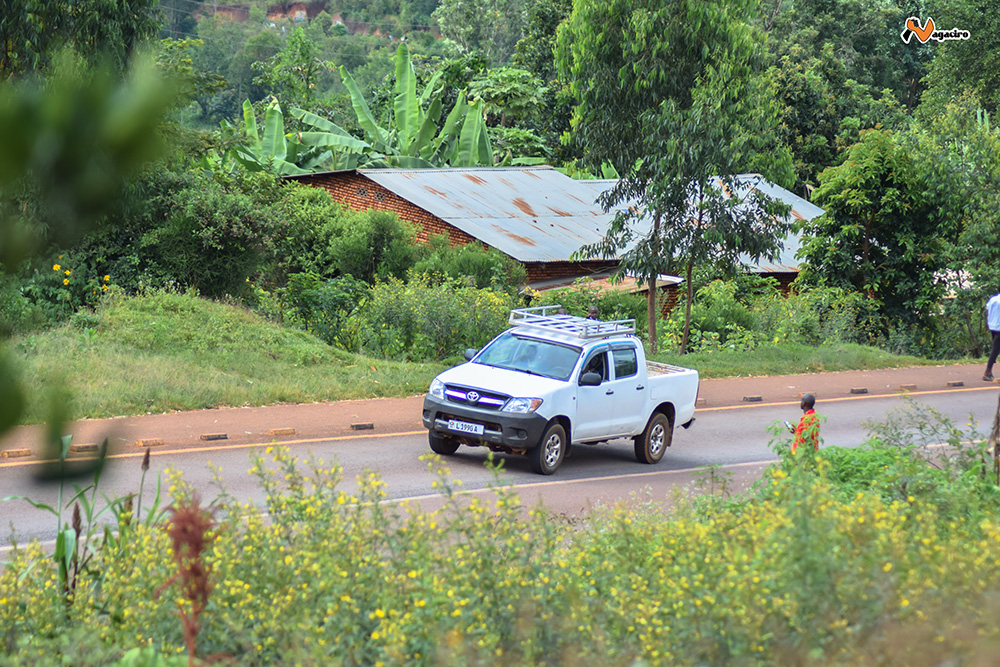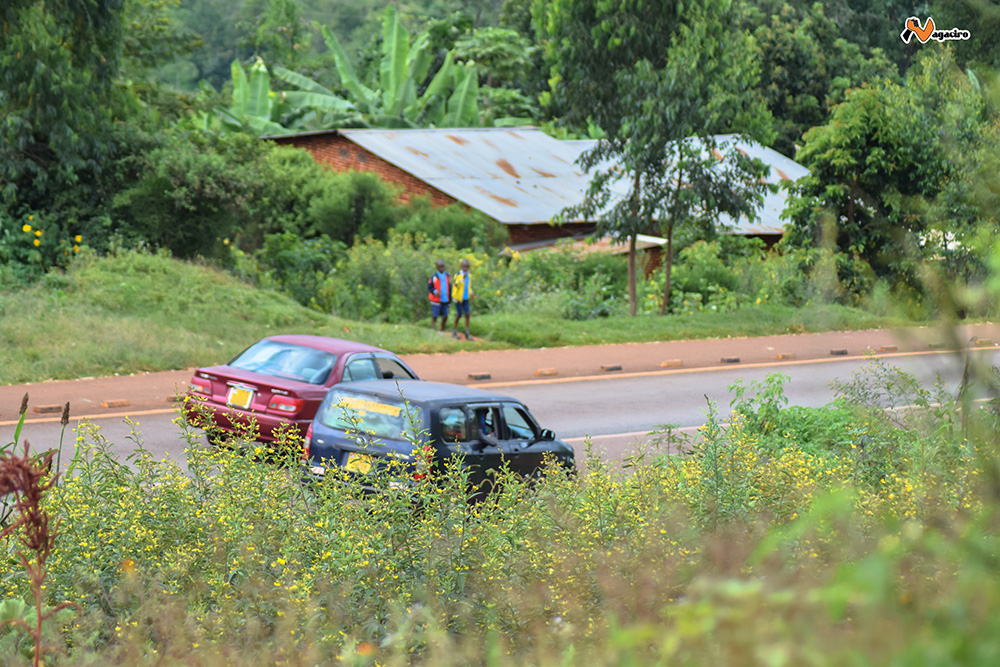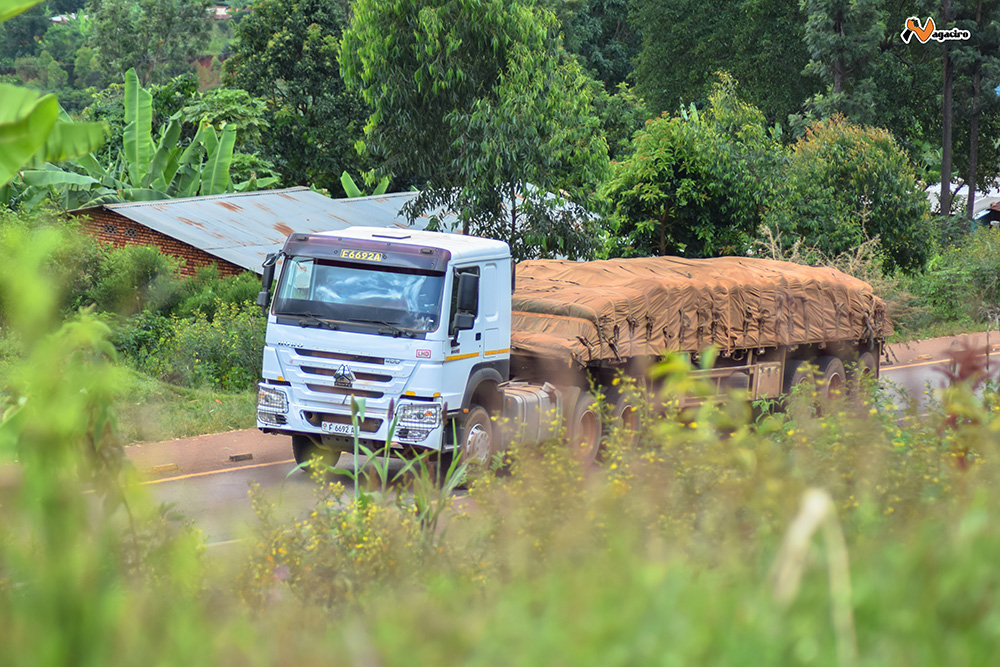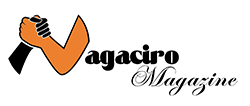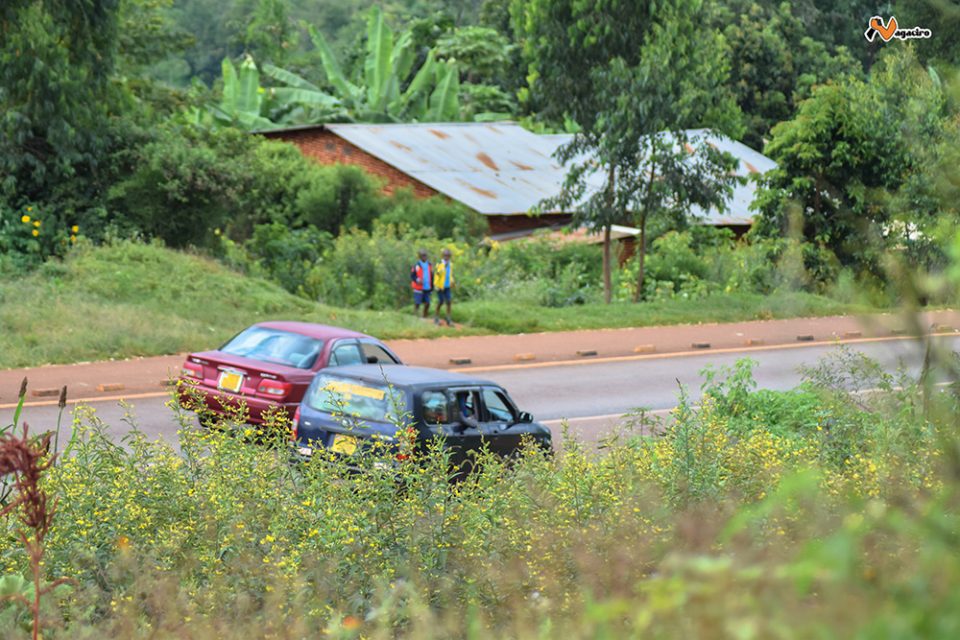“It belongs to everyone, it needs everyone, and everyone needs it; therefore, it is up to everyone to take care of it because, when well-maintained, it becomes very efficient, highly productive, and thus, lives are born and others are saved. We are talking about the road, a public space useful to every human being, whose survival depends on everyone’s involvement,” shares an expert in road safety.
Why do you define the road as a public space?
“You know, whether it’s children, adults, pedestrians, motorists, motorcyclists, and others, everyone uses the road. At first glance, one might think there are no rules to follow, but in reality, there are many. Discussing road safety leads us to think directly about the road.”
Who is most concerned with road safety?
“Well, every human being, I believe! You know, the question of who is most concerned with road safety often arises. When talking about road safety, some tend to think it only concerns those who own cars. Therefore, it is difficult, if not impossible, to make a pedestrian understand that they are concerned with road safety. But that’s the truth, because, as I said, everyone uses the road, which means the fate of the road belongs to everyone.”
So, should everyone read and understand the traffic code?
“Not only should they read and understand it, but also apply it. Because when underinformed, a pedestrian’s actions on a public road may sometimes seem justified. But does that person really want to be informed? Or would they rather remain ignorant? And even if they want to be informed, who will inform them? Who truly knows what to do at the right time?”
But you do know, right? Why don’t you do it?
“Yes, we know, as you say, but we must understand that we are just a drop in the ocean—we can’t be everywhere at once. The road is a regulated public space where various categories of people with different concerns and backgrounds meet—both educated and uneducated. The educated may try to use their knowledge to prove they know more than you, that they have more degrees and thus you can’t teach them anything—so everyone becomes an expert. As for the uneducated or rural folks, that’s another issue—they know nothing, and even when told what to do, they prefer not to follow. They’re stubborn. So you can see, it’s not easy for us to make everyone understand what’s best for their safety and that of others!”
What is the best thing to do, and who are the others?
“Road safety involves various categories of road users such as bus drivers and their passengers, car drivers and their passengers, truck drivers, motorcyclists and cyclists, pedestrians, animals, etc. All these users have equal rights on this space—six meters wide and of infinite length. But just as there are laws governing people, there are also rules governing road users—the traffic code you mentioned earlier. Every user of this public space should be informed of the existence of this code, read and understand what it says, and apply it continuously. Each user, according to their category, must know and understand the traffic code in order to know what it allows or prohibits, their rights and duties on public roads, and respect them.”
Can you please give concrete examples?
“For example, a driver must know not to drive alone while drunk, not to answer the phone while driving, not to overtake a vehicle that is already overtaking another, not to exceed the number of passengers allowed by the traffic code. They must understand traffic signs, know their meanings, and use them properly. They must also understand that wearing a seatbelt is not to avoid the police, but to protect themselves and others. They must respect pedestrian zones, and pedestrians must use and respect those spaces. Pedestrians must know where and when to cross and when not to. Motorcyclists must respect the use of helmets. As for authorities, they should ensure that all traffic signs are placed where needed, based on available resources.
“They should ensure that the often-white lines drawn in the middle of the road are clearly visible and enforce the rules associated with them, strictly punishing those who do not comply.”
According to you, what are the factors that contribute to road accidents?
“Road accidents are sometimes caused by the failure of certain road users to comply with the conditions required by the traffic code, such as driving under the influence of alcohol, speeding, the poor condition of the roads—such as potholes—the absence of traffic signs in appropriate places, vehicles or means of transport in poor condition, and the lack of strict and regular control by public safety officers in traffic management, etc.”
“As I’ve already said, you can understand that it’s mostly the irresponsibility and ignorance of some road users, as well as the failure of some public safety officers to uphold the responsibilities entrusted to them. It therefore requires the involvement of everyone without exception, including the State, to make the roads safe and allow every user to feel permanently secure whenever they are in this so-called public space.”
